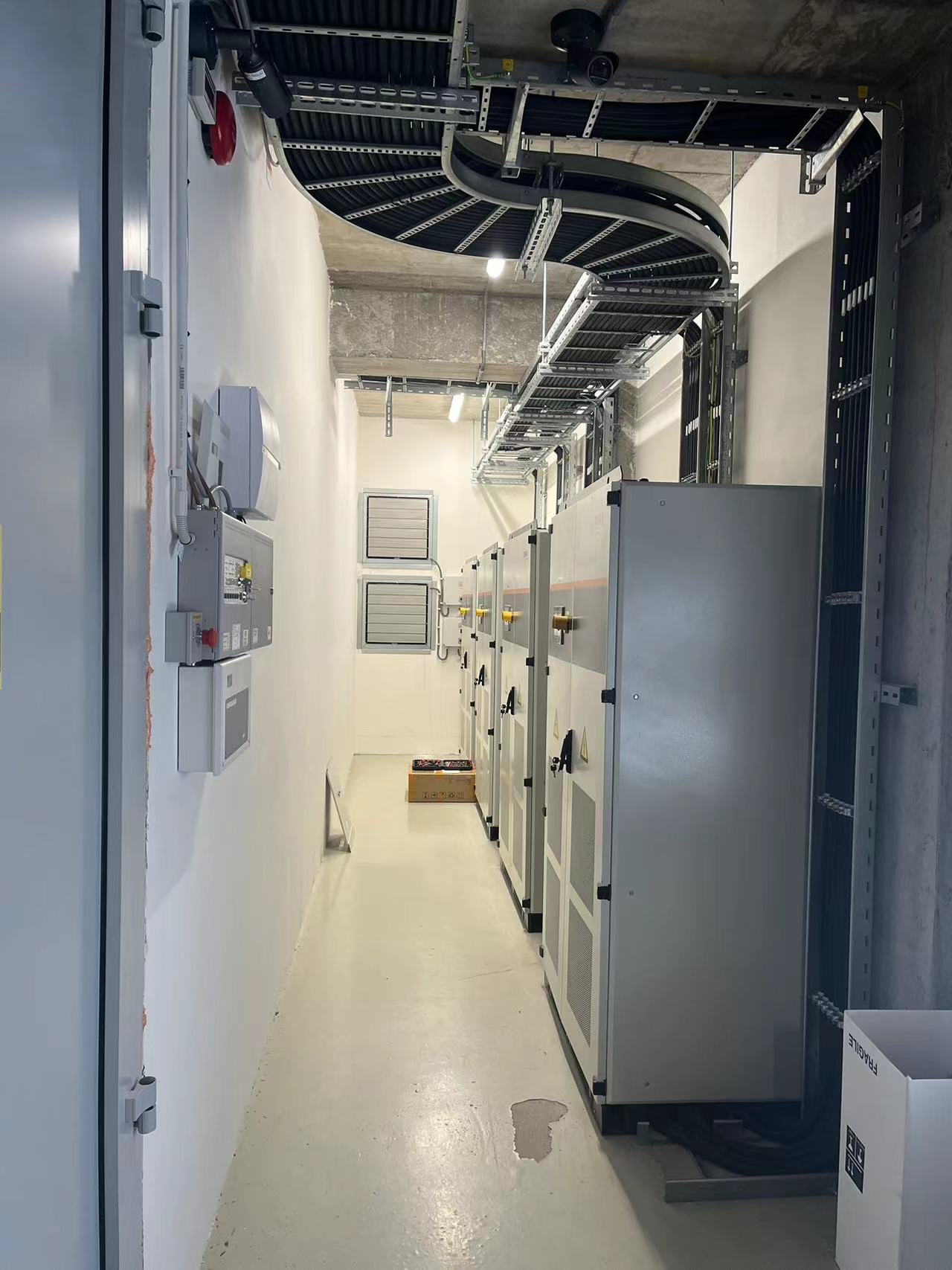

Energy storage systems play a critical role in Slovakia's grid by enhancing stability and supporting auxiliary services. Battery energy storage systems, with their rapid response capabilities, stabilize frequency fluctuations within three seconds, ensuring reliable electricity supply. Businesses increasingly adopt these systems to reduce costs, while declining battery technology costs make them more accessible.
Energy storage systems help keep the grid stable. They quickly adjust power in three seconds to fix frequency changes.
Companies save money by using batteries to store extra energy during low-use times. They use this stored energy when demand is high, cutting costs.
Using energy storage with renewable energy helps Slovakia switch to cleaner power. This ensures steady electricity and lowers the use of fossil fuels.

Slovakia's grid infrastructure faces significant challenges due to its outdated design. It struggles to accommodate the growing demand for electricity, driven by the increasing adoption of electric vehicles and renewable energy. High peak consumption and load imbalances frequently strain the system, leading to inefficiencies and potential disruptions. Furthermore, the regulatory framework lacks clear pathways for certifying battery storage systems. This regulatory gap slows the adoption of innovative energy storage solutions, leaving the grid vulnerable to modern energy demands.
Energy storage systems play a pivotal role in addressing these challenges by supporting ancillary services. These systems act as buffers, ensuring the grid remains stable during periods of high demand or supply fluctuations. By integrating with virtual power plants, energy storage systems aggregate distributed energy resources, creating a more resilient and flexible grid. This capability allows operators to manage energy flows efficiently, reducing the risk of outages and enhancing overall reliability. C&I energy storage solutions, in particular, provide businesses with the tools to participate in frequency regulation markets, further stabilizing the grid.
Battery energy storage systems are essential for frequency regulation in Slovakia. These systems operate as shock absorbers, rapidly injecting or withdrawing power to counteract fluctuations caused by renewable energy sources like wind and solar. For instance, standalone battery storage facilities charge when the system frequency is high and discharge energy when it drops. This dynamic response ensures grid stability and helps customers address energy challenges.
C&I energy storage systems in Slovakia integrate seamlessly with the grid, offering critical support for its stability and reliability. These systems ensure rapid response times for primary frequency regulation, addressing fluctuations caused by renewable energy sources. Their predictive capabilities optimize energy trading strategies, benefiting both grid operators and industrial users.
By meeting frequency control requirements, these systems stabilize the grid and ensure a reliable electricity supply. They also enhance the energy management system by providing flexibility services, which help customers manage consumption during peak periods. This integration not only supports the grid but also contributes to Slovakia's transition toward a sustainable energy future.

Energy storage systems have significantly improved the stability and reliability of the Slovak power grid. These systems provide real-time frequency regulation to ensure stable power supply. For example, Megarevo deployed a 2.5MW/2.5MWh battery energy storage system (BESS) at the Tesla Group Industrial Park in Slovakia. The energy storage system uses four MEGAREVO0630 energy storage inverters, which can adjust their power output within 30 seconds to maintain grid stability. It not only provides solid power support for the factory, but also actively participates in grid auxiliary services by providing frequency suppression reserve (FCR) and fast frequency response (FFR) services, thus achieving both economic and environmental benefits.
Energy storage systems reduce energy costs, enhance grid stability, and generate revenue through participation in demand response programs and frequency regulation markets.
Battery systems store excess renewable energy during low demand and release it during peak periods. This process ensures a consistent energy supply and reduces reliance on fossil fuels.
Regulatory gaps, high initial costs, and outdated grid infrastructure slow the adoption of energy storage systems, despite their potential to enhance grid stability and support renewable energy goals.